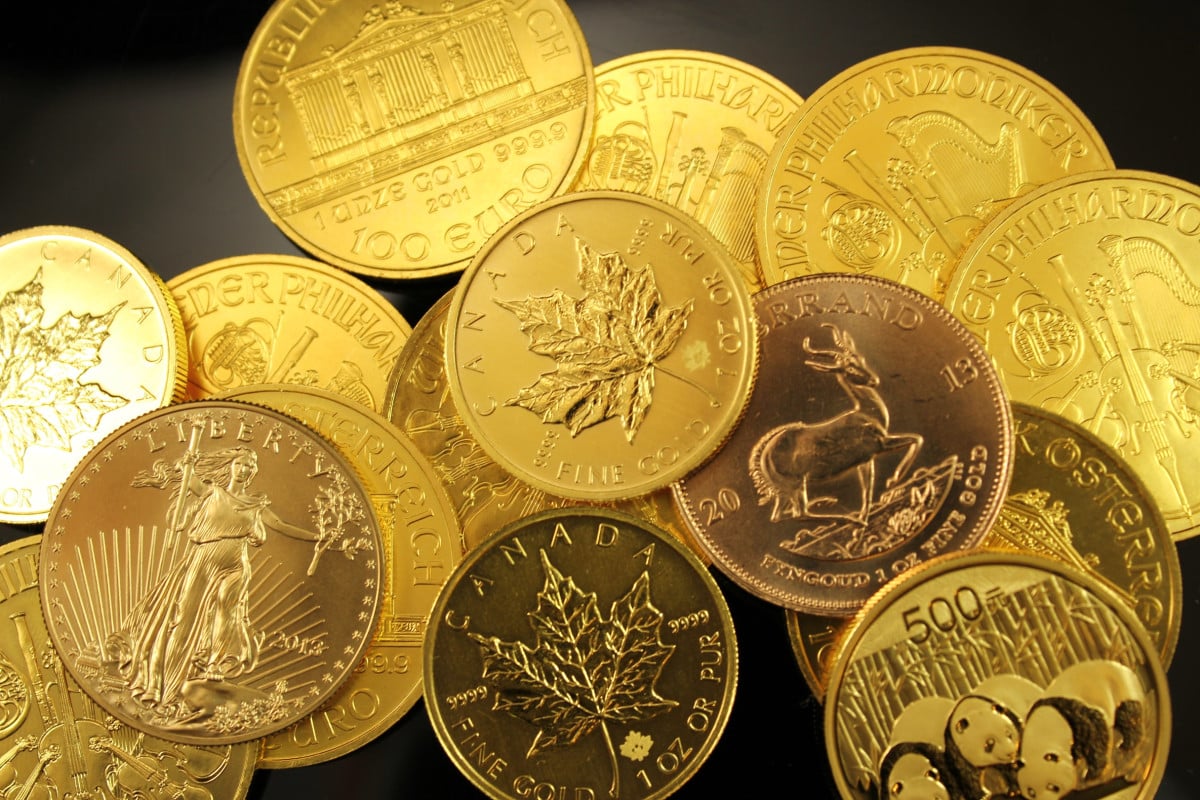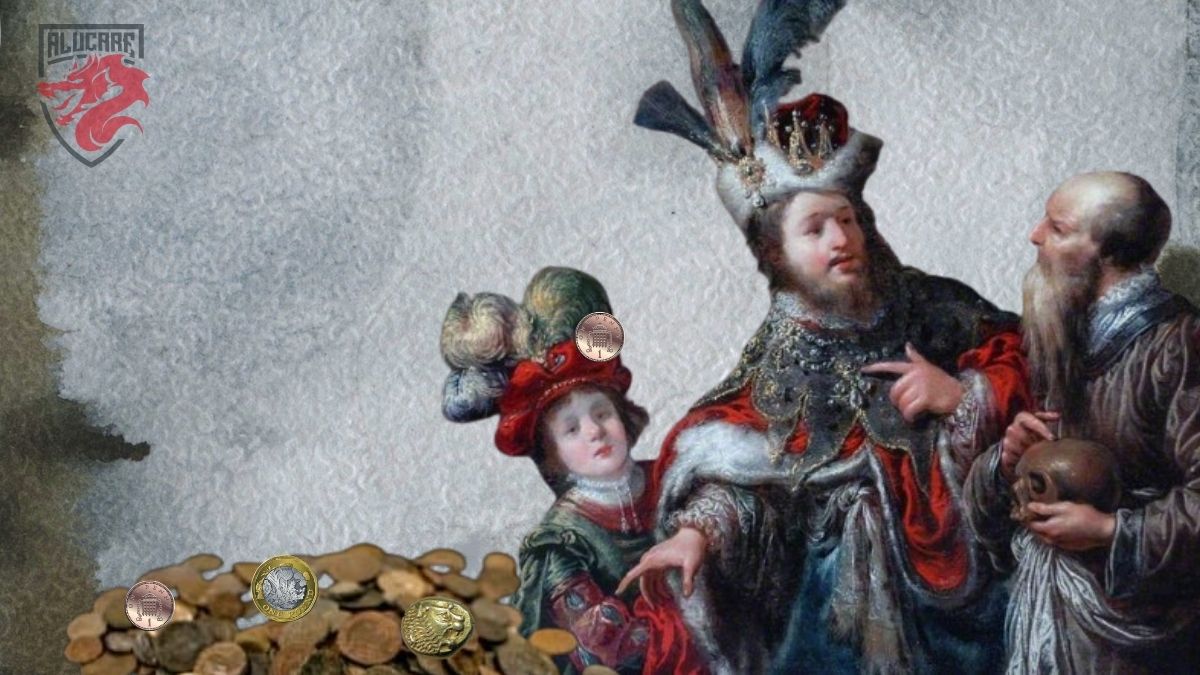Money is a means of exchange which allows facilitate transactions or between private individuals. It can be exchanged for goods or services, and has an immediate and universally accepted power of discharge. "Money is by no means a material and physical fact, it is essentially a social fact; its value is that of its purchasing power, and the measure of the confidence people have in it."
In this article, we'll discover the origins of the first currency, who invented it, the history and appearance of currency in every country in the world, and how currency has evolved. From its creation to the present day, let's see which currency is the strongest.
The world's first currency: an alloy of gold and silver
The world's first coins were made in Sardis by the King of Lydia between 610 and 560 BC. electrum parts, an alloy of gold and silver, bearing the emblem of one or more lion heads. This innovation facilitated trade by guaranteeing the value of coins thanks to their weight in precious metal.
Before the appearance of the first metallic currencies, wealth was determined by the quantity of goods owned, and exchange was mainly by barter. Seashells were used as the first forms of currency before metal coins became commonplace in the 7th century BC. Later, metallic money became a round parteasy to transport, marked with a symbol to guarantee its value.

History and appearance of currency for each country worldwide
Coinage is thought to have originated around 650 BC, with the first coins being minted by in precious metal on the initiative of a few kings and tyrants.
- One of the first Jiaozi banknotes or "paper money" appeared in China in Sichuan under the Song dynasty (960-1279), when parts were so heavy that transporting them was a nightmare.
- In 1750, the first coin was created by Empress Maria Theresa of France. Habsburg.
This is the thaler, a piece of currency that circulated in Europe and then quickly used in the Spanish and English colonies in America and then the rest of the world.
- In 1800, the Banque de France In Paris, meanwhile, paper money appeared in the form of banknotes and assignats.
- The first metal coins were invented by the Greeks of Asia Minor around the 7th century BC.
- In the IIIᵉ century B.C., the Romans created the first monetary workshop with the aim of extending the use of coins throughout their empire: it was located near the temple of the goddess of Juno, the "warner" known as "moneta", which is the origin of the Latin word "monnaie".
- Russian ruble: the ruble is defined as the main currency unit of the Russian Federation. Russia and Belarus. It has become the strongest currency in the world today.
- Rial fromIran Rial: this is the currency used by various countries in the Arab world and Iran. The Rial has now become the world's weakest and worst-performing currency in terms of value, due to the collapse of its official exchange rate.
The Kuwaiti dinar or KWD is the the world's most powerful currencyis the national currency of Kuwait, a small, wealthy country located between Iraq and Saudi Arabia. The currency was introduced in 1960 and was initially equivalent to one pound sterling. The Kuwaiti dinar has a high exchange rate against other currencies (1 Euro is equivalent to 0,34 Kuwaiti dinar). By the way, discover all the euro banknotes that exist in our other guide.
Who invented currency?

the King of Lydia at Croesus created the first coin around 560 B.C., drawing his legendary wealth from the course of the Pactolus stream and rolling in gold flakes. He spread his coinage throughout the Greek world, striking the lion emblem to show his strength, and amassed real treasures in the sanctuary of Apollo at Delphi. Croesus thus established a monetary system based on bimetallism, in which he mixed gold and silver.
Money is a medium of exchange, a unit and a store of value. Would you like to know which bank prints Africa's most widely used currency? Find out where the CFA franc in our other guide.






